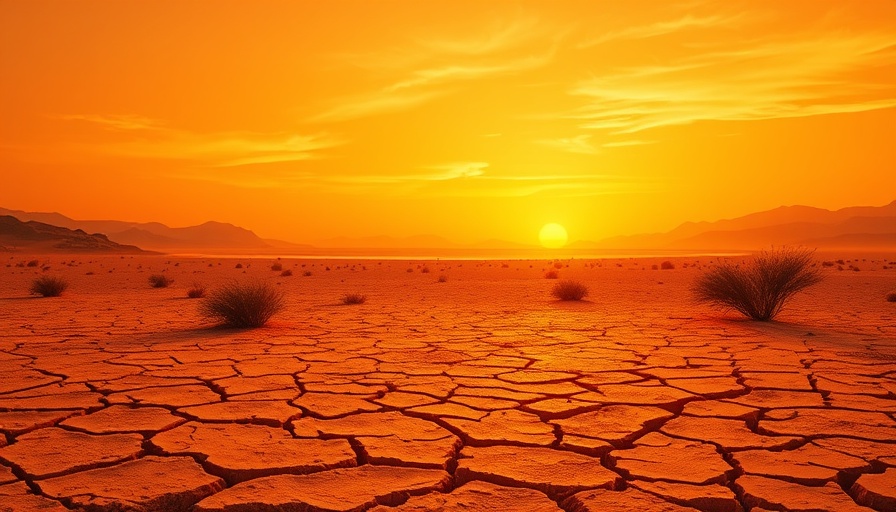
The Intensifying Crisis: Heat Waves Gripping the Western U.S.
As extreme temperatures blanket the Western United States, various regions including Arizona, California, Oregon, and Nevada are experiencing scorching weather that poses serious risks to health and safety. On Saturday, nearly 1.2 million people were warned of extreme heat, with temperatures soaring between 102 to 107 degrees Fahrenheit (39 to 42 degrees Celsius). Tucson was particularly vulnerable, leading the warnings with record highs expected over the weekend, leaving residents to grapple with the sweltering reality.
A Rising Trend: Health Risks Amidst High Temperatures
The recent heat wave has not only highlighted the stark realities of climate change but has also sparked immediate health concerns. In Portland, Oregon, marathon runners faced peril as long-distance races were disrupted by temperatures hitting a record 102 degrees (38.9 degrees Celsius). David Loftus, a participant at the Hood to Coast relay, collapsed amidst the intense conditions, illustrating how quickly severe heat can impact physical endurance and safety. His experience underscores a critical point: both amateur and seasoned athletes need to prioritize hydration and health, especially under extreme conditions.
The Larger Picture: Climate Change's Role
These alarming events are paramount reminders of the accelerating impacts of climate change, which are expected to increase in both frequency and intensity. The National Weather Service has reported that the risk isn't just confined to heatwaves but extends to other weather events, contributing to 911 call spikes and emergency visits across affected areas. For business professionals, this evolving climate landscape could significantly affect operational strategies. Understanding local climate risks may lead businesses to adapt their practices to ensure workplace safety and tackle potential disruptions.
Preparing for the Future: Adaptation Strategies for Businesses
For industry leaders, the reality of this heated climate should inspire reevaluations of business continuity plans. The tech industry, for example, can pioneer solutions that mitigate environmental impacts or enhance workplace safety during such extreme weather seasons. By implementing sustainability and green business practices, not only can organizations safeguard their workforce, but they can also fulfill corporate social responsibility goals. Exploring technologies that facilitate better cooling systems, digital communication, and remote work capabilities is now more pertinent than ever.
The Call for Action: Adapt or Get Left Behind
As heatwaves become more common, businesses would be wise to highlight their commitment to sustainability, addressing both immediate and long-term impacts on their operational landscapes. The need for progressive business growth strategies that adapt to changing climates is more vital today than ever.
 Add Row
Add Row  Add
Add 



Write A Comment